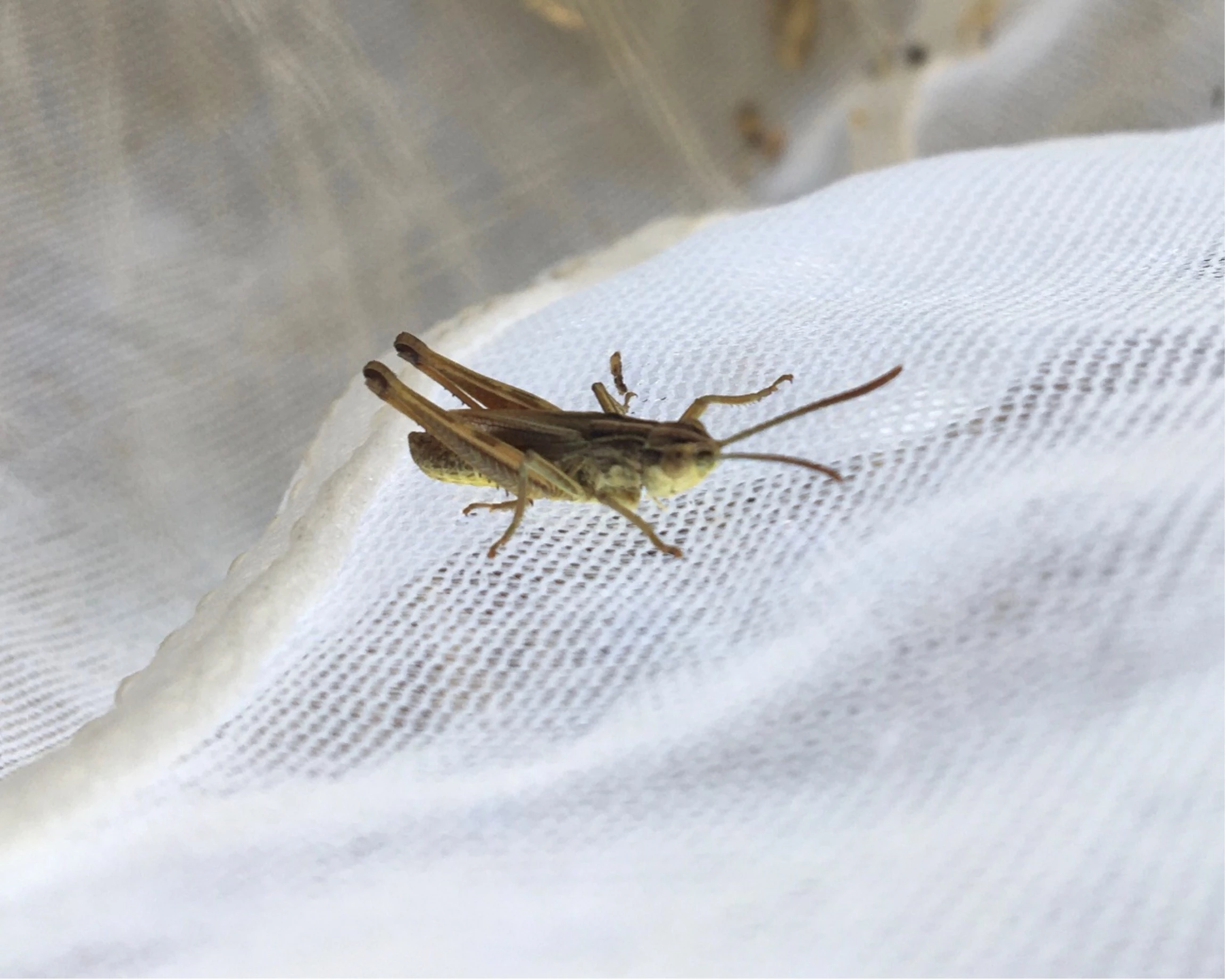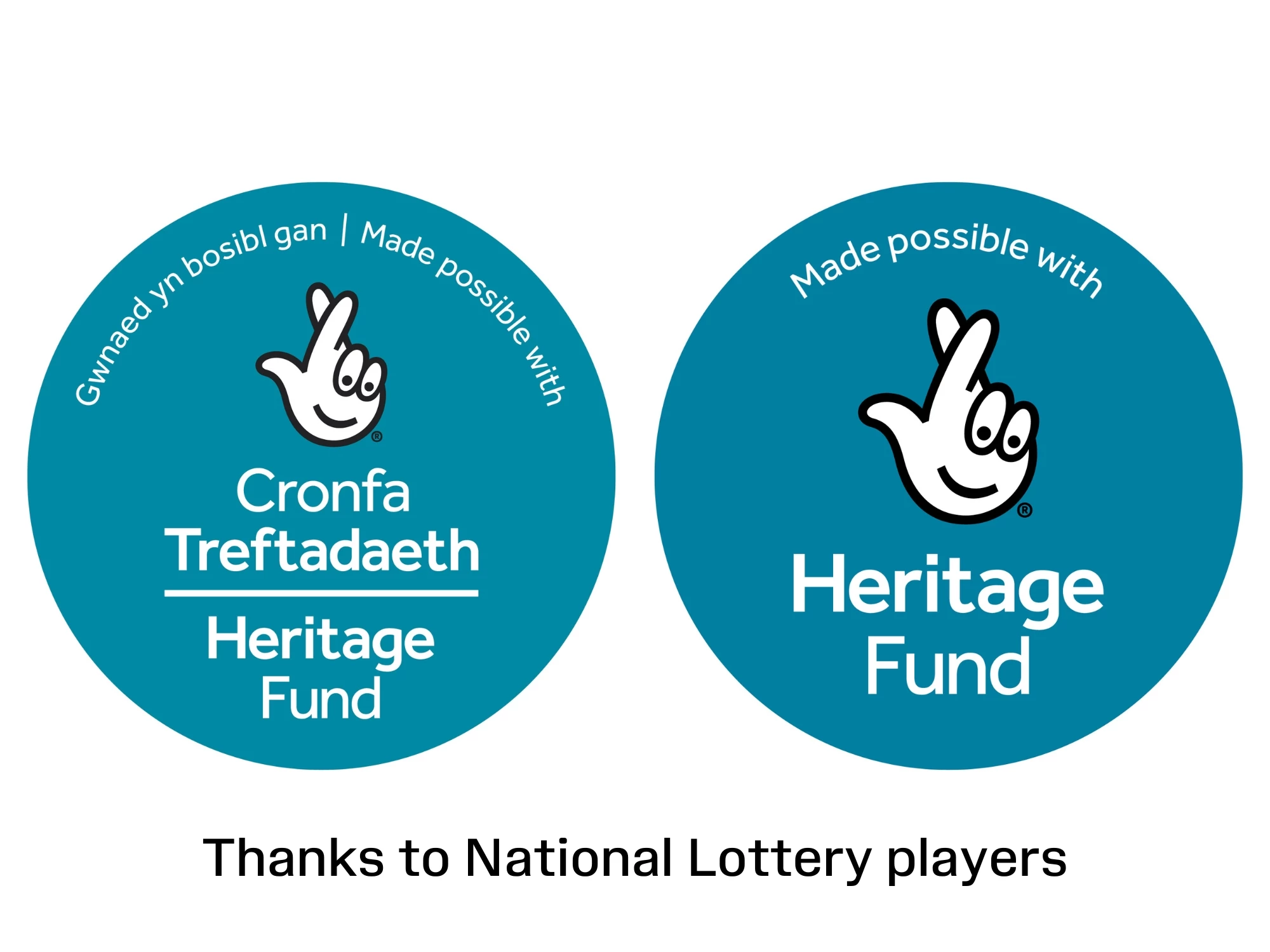Museum Voices: Mark Etheridge on LGBTQ+ History and Activism
, 27 February 2025
Mark Etheridge, Principal Curator of Collection Development: LGBTQ+.
© Amgueddfa Cymru
It’s LGBTQ+ History Month and this year’s theme is Activism and Social Change. Founded by Schools Out in 2025, LGBTQ+ History Month creates a dedicated space to celebrate our diverse and rich LGBTQ+ history.
To mark the occasion, we interviewed our principal curator of LGBTQ+ collections at Amgueddfa Cymru to explore the items in our collections that capture these key moments in Wales’ LGBTQ+ activism history.
Hi Mark, would you like to introduce yourself and tell us more about your role at Amgueddfa Cymru?
So yes, I’m Mark Etheridge. I'm the Principal Curator of Collection Development: LGBTQ+ at Amgueddfa Cymru based at St Fagans National Museum of History.
I started this role in developing the LGBTQ+ collection back in 2019, at a time when there were a very small number of objects that could be tagged as LGBTQ+ related. These objects were predominantly around some historic figures, pride events, and Section 28, but they were in no way representative of the cross-section of the whole LGBTQ+ community across Wales, both in the past and in contemporary experiences.
I’ve worked with a variety of community groups and individuals over the last few years to build up a collection that's far more representative and we now have a collection of over 2,200 items tagged as LGBTQ+.
Large protest banner made by CYLCH in a demonstration against Section 28. The slogan is a play on words, translating to 'your clauses make us sick'.
© Amgueddfa Cymru
With it being LGBTQ+ History Month, the theme for this year is Activism and Social Change. With your knowledge of LGBTQ+ history in Wales and in your own lived experience, what changes have you seen?
This year’s theme fits in well with our collections and our new LGBTQ+ display case in St Fagans, Wales is… Proud, which is the first permanent display of LGBTQ+ history at Amgueddfa Cymru. The display shows how equal rights have changed over the past 50-60 years and are currently evolving and changing today. We’ve seen, and this is what the new case goes into, things like the partial decriminalisation of homosexuality in 1967, the formation of groups like the Cardiff Gay Liberation Front in the early 1970s, protests against Section 28 in the late 1980s and 90s, through to some of the most recent trans rights protests against things like conversion therapy, which have been happening in Cardiff and across Wales over the past few years.
The areas that I’ve been collecting over the more recent years are the changes in 2021 to the ban on gay and bisexual men being allowed to donate blood, along with the Church in Wales Bill which allowed same-sex marriages and civil partnerships to be blessed from September 2021.
So, I think that the current protests and activism around improvements to equal rights shows that it’s still ongoing today and it didn’t end in 1967.
Report relating to the Church in Wales Bill, passed in September 2021.
© Amgueddfa Cymru
Would you be able to tell us more about the items on display at St Fagans that touch on those moments in LGBTQ+ activist history?
One of the items in the case is the Church in Wales Bill, I collected a number of items around the legalities of it, along with a handwritten speech by the Bishop of Llandaff who spoke in support of the bill.
To accompany these items and to bring a personal element to this historic moment, I collected an order of service for two gay men who had their marriage blessed following the bill.
With a lot of the collecting that I’m doing, it’s not just about the facts around the changes in equal rights, it’s about how it affects the LGBTQ+ community and the personal stories around them.
It’s really special that we can capture the personal experiences behind these historic moments. Could you tell us a bit about how you go about acquiring these pieces, especially when they are personal items?
Placard 'Rhaid Gwahardd Therapi Trosi'. Used at a protest, organised by Trans Aid Cymru, against conversion therapy, 26 April 2022.
© Amgueddfa Cymru
Sometimes it’s reaching out to people through social media or you happen to meet somebody who offers to donate an item to our collections.
Part of it is also working with certain organisations; Trans Aid Cymru have been very supportive of my work and have helped me collect placards that had been used at various trans rights protests which they held in Wales.
It’s important that we build connections with members of the LGBTQ+ community, whether that’s individually or as support groups, and that we provide a safe space for the collection and stories to be told.
In addition to Trans Aid Cymru, have you worked with other LGBTQ+ charities and groups? And which ones do you believe need more of a spotlight?
I’ve worked with a few groups like Glitter Cymru and Pride Cymru but also worked with the smaller Pride groups.
Banner made by Glitter Cymru, used at first Welsh BAME Pride held in August 2019.
© Amgueddfa Cymru
There are a few of them who I recently reached out to and have been supportive in donating objects to our collections, such as Merthyr Tydfil Pride, Pride Caerffili and Flint Pride.
I think all of the ones I’ve mentioned are important to support, as the smaller Pride events in the local communities are vital in allowing people to attend Pride whilst also having the LGBTQ+ community be represented and seen in smaller communities.
It’s about visibility, Glitter Cymru have been very supportive when I first started in this role in 2019, and they provide a very specific need in Wales of supporting LGBTQ+ global majority people. There’s lots of different charities and lots of different groups, all supporting many different areas and with their own value.
Sign from The King's Cross public house, 25 Caroline Street, Cardiff, 1990s.
© Amgueddfa Cymru
If we think about the new display at St Fagans and our wider collection of LGBTQ+ items, what piece would you say resonates with you the most?
It’s quite a personal one, we have a sign from a pub called The King’s Cross in Cardiff, and that was one of the first gay pubs I went into after I came out. It was a gay venue from the early 70s right through to when it closed in 2011.
I have that personal connection there and I think our collections are important from that perspective, you want people to resonate with them for whatever reason, whether that’s to encourage them to become more activist, or to allow them to connect with an item on a personal level where it brings back certain memories.
We want the museum collections to allow people to make those connections.
Reg and George having a picnic with their dog. They met in 1949 and were together for over 60 years.
© Mike Parker/Amgueddfa Cymru
Absolutely, and going back to Activism and Social Change, it doesn’t necessarily need to be a protest. At times, it’s just existence.
Yeah exactly, and I think that’s something I recently mentioned in a talk about our Reg Mickisch and George Walton collection from On The Red Hill. I think they are an example of that, as them living their everyday life together during a time when it was illegal is a form of activism in itself.
Activism isn’t just about protesting, simply existing as an LGBTQ+ person, especially in times where it was and is illegal or taboo, is a form of activism in itself.
That’s something I’m quite keen for the displays to show that it isn’t just about activism in terms of protesting and pride, but that there are lots of stories just about LGBTQ+ people living their everyday lives in Wales.
As well as the new LGBTQ+ display case in St Fagans, what would you like to achieve next?
We’re still actively collecting LGBTQ+ history, and we especially want more items around early activism and early stories about LGBTQ+ people living in Wales.
We’ve got the new case in St Fagans and LGBTQ+ related things, say, in the art department at National Museum Cardiff, but we’ve got less on some of our other sites.
So I think the next step, is to start using the collection to build more displays and weave it into the story of each site and everything we do.
Our new LGBTQ+ display case in St Fagans.
© Amgueddfa Cymru
How would you compare the history of LGBTQ+ Activism and Social Change, to activist groups of today and the political landscape?
The fight for equal rights is still ongoing in lots of ways. The worry for some people is that the rights granted can be rolled back. They can just as easily be rolled back as they can go forward. We can’t take certain things for granted, and we do have to remember that.
You know, this is evident in things like the decriminalisation of homosexuality in 1967 where it was only partial decriminalisation under very specific circumstances.
It’s like the Church in Wales Bill, they went one step to allow same-sex marriages to be blessed in the Church of Wales but didn’t go the further step to allow them to be married.
It's little things like that, where it may be one step forward, but it isn’t necessarily going the full way.
Thank you Mark, for taking the time to discuss our LGBTQ+ collections in relation to Activism and Social Change. I’m excited to see the collection grow and for it to become more of a permanent feature in the story of our museums.
© Amgueddfa Cymru
Now, we’d like to finish by asking what is your favourite item in our collections outside of your work?
This glass plate negative was taken by Mary Dillwyn in 1854 or 1855. Mary is one of the first women photographers in Wales and this negative is from a large collection at Amgueddfa Cymru taken by members of the Dillwyn Llewelyn family. I love that this image captures what is probably the first photograph taken of a snowman in Wales; with the collection also containing many firsts in Wales such as the first photograph of bonfire night.
You can explore more of our LGBTQ+ collections online, visit our new LGBTQ+ display case Wales is… Proud at St Fagans, or discover our Lesbian and Gays Support the Miners collection in our current Streic! 84-85 Strike! exhibition in National Museum Cardiff, open until 27 April 2025.















